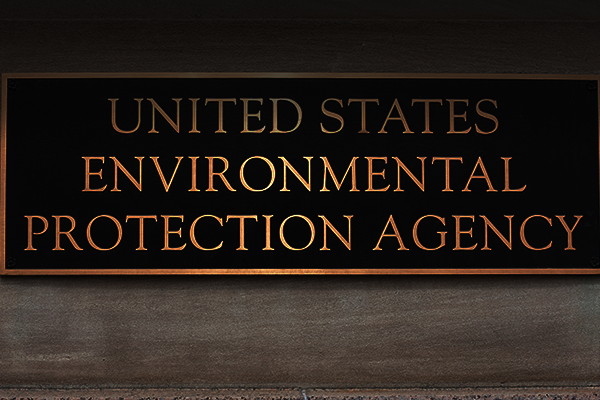The Obama administration is set to finalize its signature carbon rule, the so-called “Clean Power Plan”, as early as next week. This regulation aims to reduce U.S. carbon dioxide emissions by 30 percent by 2030 and is estimated to cost over $350 billion. To implement the rule, EPA is depending on states to do the heavy lifting by submitting their own state implementation plans. However, states and other interested parties have submitted a litany of comments and concerns about the rule, and a number of states have even announced that they will not submit a plan.
There has been a lot of speculation about how EPA will address these comments and concerns. It has been reported that EPA could delay the deadlines for submitting a plan and complying with the rule, and that the agency will offer up “incentives” for states that submit plans early and deploy green energy and energy efficiency programs. The agency is hoping that their bribery schemes will goad states into submitting plans. However, these superficial adjustments do not address the underlying flaws with the rule. States should not be duped into submitting plans to the EPA. Here are 5 issues to keep in mind before the final the rule is released:
- How does EPA try to enforce “building blocks” it lacks the authority to impose? First and foremost, the EPA doesn’t have the legal authority to regulate power plants under Section 111d since they are already regulated under Section 112 (MATS). They also don’t have the legal authority to go outside the fence and regulate building blocks 2-4 at the state level. To do so would force states to overhaul their electricity systems in violation of the anti-commandeering and anti-coercion doctrines. If President Obama wants to impose cap and trade or a carbon tax scheme, he needs to go through the legislative process (something that his own party rejected when they controlled the House and Senate), not just rely on regulatory fiat.
- Does EPA recognize its cost estimates don’t reflect reality? The Supreme Court recently remanded EPA’s mercury rule for failing to consider costs. EPA’s carbon rule is expected to be much costlier, likely raising electricity rates by double digits in many states. A new study from the National Rural Electric Cooperative Association found that a 10 percent increase in electricity rates would destroy 882,000 jobs annually, on average, between 2020 and 2040, with peak job losses of 1.2 million in 2021. A 25 percent increase in utility bills would destroy 1.5 million jobs annually with a peak of 2.2 million in 2021. No amount of “flexibility” EPA offers in its final rule will prevent electricity rates from rising and Americans from suffering.
- Does EPA finally address the health – wealth link? The EPA has thus far failed to properly consider the impact of rising electricity prices on Americans’ health. A major factor in health outcomes is socioeconomic status (i.e., whether you have a job and can pay your bills). By raising energy prices and making people poorer, EPA’s regulation could also make people sicker. This would undermine EPA’s claims that the rule benefits public health. EPA cannot continue to ignore the negative impact of higher energy prices on Americans’ health and well-being.
- Does EPA consider what will happen if states don’t submit plans? As noted above, EPA lacks the legal authority to impose any of its four “building blocks”. As a result, the only way to achieve the proposed emission reductions is for states to submit plans that self-impose these measures. However, a growing number of states are resisting EPA’s call to submit a plan: to date, six governors have announced they do not intend to submit a plan, and more than a dozen states have enacted legislative hurdles. If enough states reject the regulation, EPA could be forced to severely amend the emission target or withdraw the rule altogether.
- How does EPA try to justify a climate rule that does nothing to address climate change? Despite these enormous costs on families and businesses, the rule would yield little to no benefit to the climate. For instance, the stated purpose of the proposed rule is to fight climate change by reducing carbon dioxide emissions by 30%. But using the EPA’s own models, the rule would amount to a 0.02 degrees Celsius difference in world temperatures by 2100 and reduced sea levels by the equivalent of three sheets of paper. If EPA’s final rule reduces the emission target under the guise of “flexibility” these puny benefits will be even smaller. All for the symbolic gesture that America is doing something on climate.
Given these fundamental flaws, states should reject EPA’s carbon regulation. Refusing to submit a state plan is a right of states under the Clean Air Act. Numerous governors, legislators, and other state leaders have risen in opposition, with likely more to follow once the rule is final. Any cosmetic changes EPA makes to the final rule cannot address the underlying flaws with the regulation. States that want to protect their constituents from higher energy bills are right to resist.
